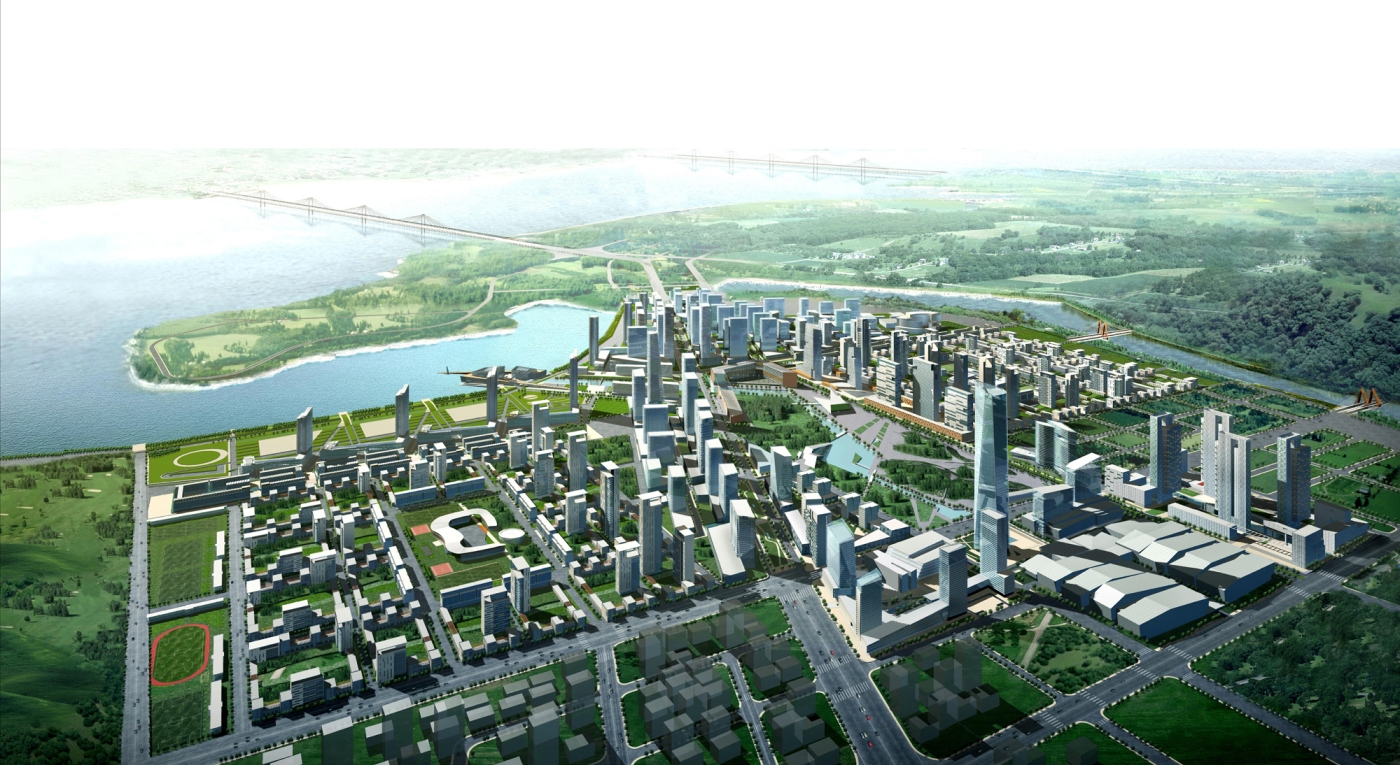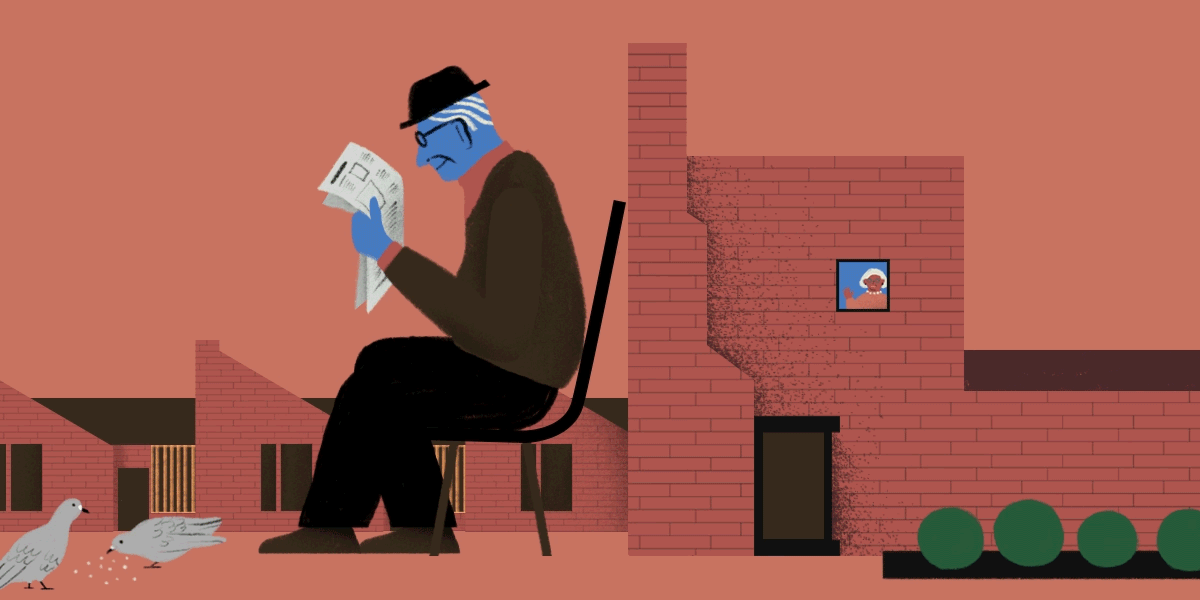As we celebrate the one-year milestone of the Urban Age Electric City Conference, the echoes of Richard Sennet’s captivating talk on the intricate dance between technology and urban development resonate vividly. Sennet delved into the realm of possibilities where a “Smart City” could evolve organically, shaped not solely by architects and bureaucrats but also by the active engagement of citizens. In a world where pervasive surveillance and exclusion cast shadows over the concept of smart cities, Sennet’s emphasis on diversity and openness as catalysts for opportunity rings true.
In exploring the historical trajectory of technological tools, Sennet draws attention to a recurring challenge — the introduction of new tools before understanding their optimal use. The analogy of a hardened-edge scalpel taking a century for surgeons to master finds parallels in today’s ‘smart city’ tools: CCTV cameras, motion sensors, and data-processing computers. However, Sennet warns of a potential downside – the inhibiting effect on the experimental spirit of urbanites in their daily lives.
Reflecting on the evolution of technology, Sennet provocatively suggests that the ‘smart city’ tools could either stifle or liberate urban life. A poignant historical comparison emerges, harking back to Lyon’s silk weavers in the eighteenth century, who decried mechanized looms as ‘perfidious works of the devil.’ Sennet shifts the blame from the machines to urban planning and vision, asking questions about how technology can be wielded more intelligently to empower rather than stifle.
Two Stupefying Smart Cities
As we delve into the dichotomy between stupefying and stimulating smart cities, the spotlight turns to two contrasting examples — Masdar and Songdo. While Masdar envisions a meticulously planned city where information flows one way, Songdo adopts an architectural approach that sacrifices individuality for functionality. These serve as cautionary tales, prompting a crucial exploration of the formal issue at hand: the distinction between closed and open systems.

Songdo, Korea: The ubiquitous city
Songdo represents the stupefying smart city in its architectural aspect. It is no accident that Songdo is so badly designed. The massive units of housing are not conceived as structures with any individuality in themselves, nor are the ensemble of these faceless buildings meant to create a sense of place. The structures are programmed simply as functions. Uniform architecture need not inevitably produce a dead environment, if there is some flexibility at the ground plane. In New York, for instance, the ground plane of essentially monotonous residential towers is subdivided into small irregular units, which yield, along the Third Avenue in the 1920s or again the 1960s to the 1990s, a sense of neighbourhood. But in Songdo, lacking that elemental principle of diversity within the block, there is nothing to be learnt from walking the streets. And user intelligence of urban space arises basically from ground-plane experience. When working in Mumbai, Urban Age research found Songdo-like efforts at urban design to be counterproductive. In Mumbai’s Dharavi slum, a city in itself of nearly a million people, many efforts have been made to erase the anarchy that seems to reign on the streets, to push the built environment upward, off the street, in order to make it more orderly. These efforts have largely failed, rejected by people who instead use their own street smarts for survival.
A Smart City

Centro de Operações – Prefeitura do Rio (Rio Operations Control Center)
In the pursuit of a smarter smart city, Rio de Janeiro emerges as a beacon of intelligent urban planning. Collaborative efforts by tech giants like IBM and Cisco aim not for prescription but coordination, acknowledging the city’s existing complexities. The debate extends beyond technological innovation to the fundamental principles of urban design, privileging ground-plane complexity and valuing the cognitive richness of pedestrian experience.
Open and Closed Systems
Here lies a pivotal concern: the juxtaposition of the decisive and the collaborative utilization of technology unravels a profound distinction between closed and open systems. To simplify, envision a car engine as emblematic of a closed system, while a dialogue, ideally, epitomizes an open system. Delving deeper, a closed system integrates unforeseen elements into its existing algorithms or dismisses them as inconsequential ‘noise.’ The synergy of feedback loops and exclusion maintains equilibrium within the closed system. Conversely, an open system prioritizes evolution, welcoming the unforeseen and reshaping its structure with new data. Here, ‘noise’ is not a disturbance but a valued element. Another lens to view this disparity is through the dichotomy of linear and non-linear dynamics. In a closed system, change adheres to a one-after-another problem-solving model. In contrast, an open system embraces non-linear time, acknowledging chance as a catalyst for change. Cities embody the essence of open, non-linear systems, growing unpredictably and defying the constraints of closed-system thinking. The contemporary megacities of Asia and Latin America exemplify this erratic, non-linear trajectory in population density, contrasting starkly with the structured growth of nineteenth-century European cities. Attempting to model this growth with closed-system concepts would be flawed science. At a certain threshold, large size and high density birth new urban forms, where Rio transcends a mere amalgamation of streets to become a vibrant public realm. The peril of closed-system urbanism lies in reducing the city to quantifiable nodes, neglecting its inherent non-linear complexity.





